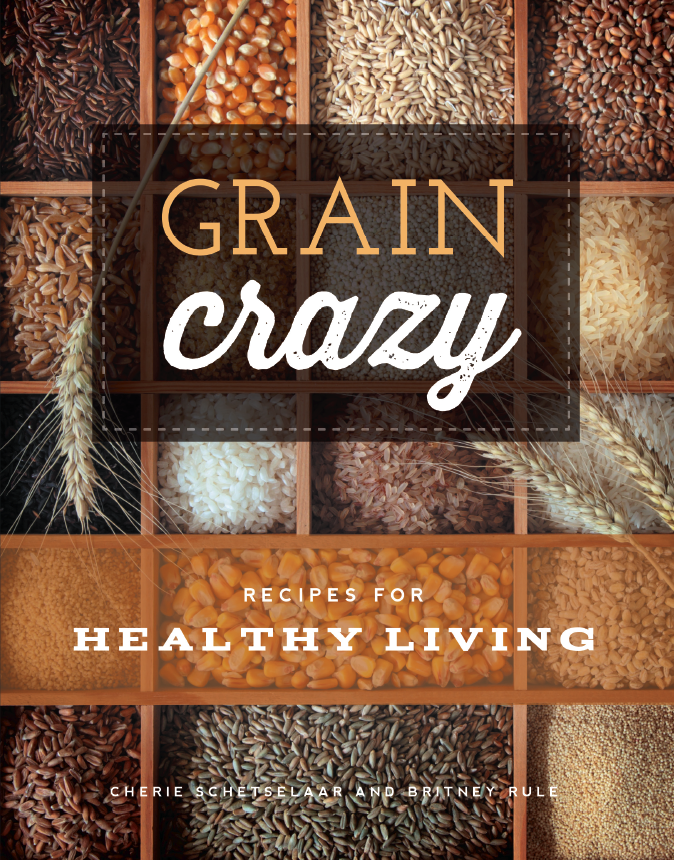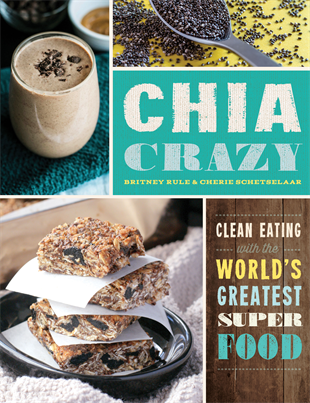Friday, January 24, 2014
What is the difference between Cocoa vs. Cacao and information on Dutch chocolate
I was in the health food store yesterday and cacao powder in the bin and noticed it was double the price of cocoa powder. So I thought I would give it a try and bought a little of it. When I got home I was curious to read about what the difference was. This is something I read (from here). There are some typos, but it's from a chemical engineer who's worked in the cocoa industry.
"Cocoa powder and cacao powder is the same.
"What is considered "raw" cacao is suppose to be a cocoa powder that has been in a process that never exceeded 110 degrees Fahrenheit...which is already an almost impossible scenario, since cocoa beans are grown in the Equator, and you may exceed that temperature while drying in the patio under the sun covered with black linens (to heat it up and allow the fermentation of the bean)....and yes, you need to dry them, otherwise they will rotten in a few days, and the shell will be too difficult to peel off.
"Back to cocoa powder....
"ALL cocoa powder comes from the cocoa bean, which without the shell is called cocoa nib (a.k.a. cacao nib). The first step is grinding of the nib (which again, when you grind something to such small particle size you will create a lot of friction with -that's right - heat!). That will give you the cocoa/cacao paste (a.k.a. cacao mass or liquor), which has about 50 to 56% fat (cocoa butter) in it...and ALL cocoa powders have to go through that stage.
"Next stage is to take some of that butter away, which the raw community claims can be done through "cold pressing". For any that don't understand that term, cold pressing is done with oils like olive oil to preserve the oil almost intact by cooling the press plates while applying pressure (pressure generates heat, therefore it needs to be cooled). But here is a reminder, olive oil is liquid in room temperature, cocoa butter is SOLID, and it STARTS melting at about 100 degrees Fahrenheit ... so, you cannot control and cool it to a point where it will be still in a solid phase, because it cannot be pressed and "flow" out.
"Last operation is to grind the solids left in the press, again - heat...and there is your cocoa powder or cacao powder... you tell me if you call it "raw", a term not defined by the FDA for cocoa, and that can be used by anyone just to sell the cocoa to a much higher price. Maybe that is why bigger, more serious companies don't have this product, since they do not want to be liable for false advertising...
"Regarding "Raw" cocoa nibs or cocoa beans...yes, that is possible, and the only concern is the high bacteriological plate count... but how much you want to train your immune system is up to each individual. And yes, the less manipulated the cocoa, the more polyphenols and healthy chemicals you will obtain from it.
"There is also a difference between alkalized or ducthed powders, and the natural ones (which do not contain any potassium carbonate), being the second ones the ones containing more of the healthy properties (antioxidants). But that is totally different than claiming a "raw" cocoa powder."
It pays to know your information before you buy. I spent money that was not necessary.
I also learned the difference between dutch and regular Cocoa. This is from the Joy of Baking.com
"Cocoa Powder Cocoa powder is made when chocolate liquor is pressed to remove three quarters of its cocoa butter. The remaining cocoa solids are processed to make fine unsweetened cocoa powder. There are two types of unsweetened cocoa powder: natural and Dutch-processed.
"Dutch-Processed or Alkalized Unsweetened Cocoa Powder is treated with an alkali to neutralize its acids. Because it is neutral and does not react with baking soda, it must be used in recipes calling for baking powder, unless there are other acidic ingredients insufficient quantities used. It has a reddish-brown color, mild flavor, and is easy to dissolve in liquids. Its delicate flavor makes it ideal in baked goods like European cakes and pastries where its subtle flavor complements other ingredients. Droste, Lindt, Valrhona, Poulain and Pernigotti are some popular brands. Natural Unsweetened Cocoa Powder tastes very bitter and gives a deep chocolate flavor to baked goods. Its intense flavor makes it well suited for use in brownies, cookies and some chocolate cakes. When natural cocoa (an acid) is used in recipes calling for baking soda (an alkali), it creates a leavening action that causes the batter to rise when placed in the oven. Popular brands are Hershey's, Ghirardelli, and Scharffen Berger.
"The role of cocoa powder in cakes:
"When used alone in cakes, cocoa powder imparts a full rich chocolate flavor and dark color. Cocoa powder can also be used in recipes with other chocolates (unsweetened or dark) and this combination produces a cake with a more intense chocolate flavor than if the cocoa wasn't present. Most recipes call for sifting the cocoa powder with the flour but to bring out its full flavor it can be combined with a small amount of boiling water. (If you want to try this in a recipe, substitute some of the liquid in the recipe for boiling water.) Often times, you may notice that more butter and leavening agent are used in recipes containing cocoa powder. This is to offset cocoa powder's drying and strengthening affect in cakes. There are two types of unsweetened cocoa powder: natural and Dutch-processed and it is best to use the type specified in the recipe as the leavening agent used is dependent on the type of cocoa powder. Some prefer using Dutch-processed cocoa as a slight bitterness may be tasted in cakes using natural cocoa and baking soda.
"To convert a cake recipe that uses bittersweet or semisweet chocolate to one using cocoa: (information taken from Rose Levy Beranbaum's Cake Bible)
"Substitute 1 tablespoon plus 1 3/4 teaspoons(9.5 grams) of cocoa, 1 tablespoon plus 1/2 teaspoon (14.5 grams) granulatedwhite sugar, 1 1/2 teaspoons (7 grams) unsalted butter for every ounce (28grams) of bittersweet or semisweet chocolate. Also, dissolve the cocoa inat least 1/4 cup (60 ml) hot liquid to bring out the cocoa's full flavor.To convert a cake recipes that usesunsweetened chocolate to one using cocoa: (information taken from Rose Levy Beranbaum's Cake Bible)
"Substitute 3 tablespoons (18 grams) cocoaplus 1 tablespoon (14 grams) unsalted butter for every 1 ounce (28 grams) ofunsweetened chocolate. Dissolve the cocoa in at least 2 tablespoons ofliquid in the recipe to bring out the cocoa's full flavor."
Read more: http://www.joyofbaking.com/cocoa.html#ixzz1ZLzjV6lL
I knew there was a difference between dutch and plain cocoa powder but didn't know the reasons they were diffferent and how the dutch works better with baking powder. I learned some new things. Hopefully you did too.
Labels:
cacao,
cocoa,
dutch-processed
Subscribe to:
Post Comments (Atom)









I've wondered about that! Thanks!!
ReplyDelete